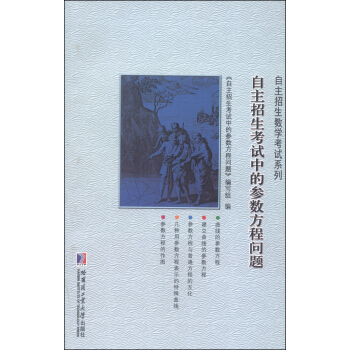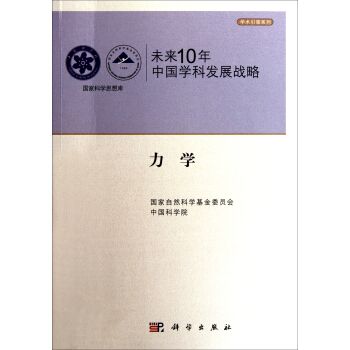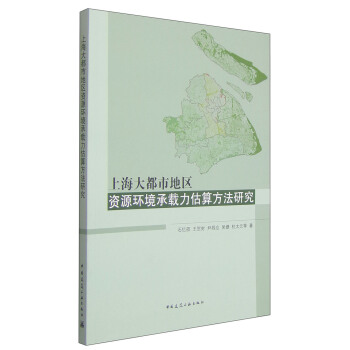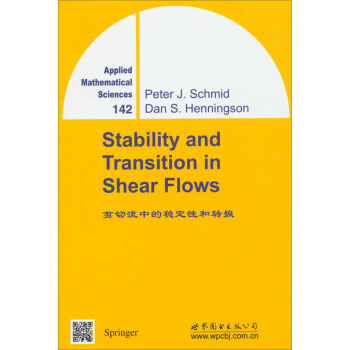

具體描述
內容簡介
迴顧瞭過去10年在壁湍流和自由剪切流轉捩問題的數值研究中取得的重要進展,介紹瞭數值方法和模式研究方麵的進展,以及由此帶來的關於轉捩理論認識上的進展。對於壁麵流動,文中主要介紹瞭漸進穩定流動中"跨越(bypass)轉捩"研究中的各種觀點。本文也簡要介紹瞭對感受性和轉捩控製方麵的研究。內頁插圖
目錄
1 Introduction and General Results1.1 Introduction1.2 Nonlinear Disturbance Equations1.3 Definition of Stability and Critical Reynolds Numbers1.3.1 Definition of Stability1.3.2 Critical Reynolds Numbers1.3.3 Spatial Evolution of Disturbances1.4 The Reynolds-Orr Equation1.4.1 Derivation of the Reynolds-Orr Equation1.4.2 The Need for Linear Growth MechanismsⅠ Temporal Stability of Parallel Shear Flows2 Linear Inviscid Analysis2.1 Inviscid Linear Stability Equations2.2 Modal Solutions2.2.1 General Results2.2.2 Dispersive Effects and Wave Packets2.3 Initial Value Problem2.3.1 The Inviscid Initial Value Problem2.3.2 Laplace Transform Solution2.3.3 Solutions to the Normal Vorticity Equation2.3.4 Example: Couette Flow2.3.5 Localized Disturbances3 Eigensolutions to the Viscous Problem3.1 Viscous Linear Stability Equations3.1.1 The Velocity-Vorticity Formulation3.1.2 The Orr-Sommerfeld and Squire Equations3.1.3 Squire's Transformation and Squire's Theorem3.1.4 Vector Modes3.1.5 Pipe Flow3.2 Spectra and Eigenfunctions3.2.1 Discrete Spectrum3.2.2 Neutral Curves3.2.3 Continuous Spectrum3.2.4 Asymptotic Results3.3 Further Results on Spectra and Eigenfunctions3.3.1 Adjoint Problem and Bi-Orthogonality Condition3.3.2 Sensitivity of Eigenvalues3.3.3 Pseudo-Eigenvalues3.3.4 Bounds on Eigenvalues3.3.5 Dispersive Effects and Wave Packets4 The Viscous Initial Value Problem4.1 The Viscous Initial Value Problem4.1.1 Motivation4.1.2 Derivation of the Disturbance Equations4.1.3 Disturbance Measure4.2 The Forced Squire Equation and Transient Growth4.2.1 Eigenfunction Expansion4.2.2 Blasius Boundary Layer Flow4.3 The Complete Solution to the Initial Value Problem4.3.1 Continuous Formulation4.3.2 Discrete Formulation4.4 Optimal Growth4.4.1 The Matrix Exponential4.4.2 Maximum Amplification4.4.3 Optimal Disturbances4.4.4 Reynolds Number Dependence of Optimal Growth4.5 Optimal Response and Optimal Growth Rate4.5.1 The Forced Problem and the Resolvent4.5.2 Maximum Growth Rate4.5.3 Response to Stochastic Excitation4.6 Estimates of Growth4.6.1 Bounds on Matrix Exponential……Ⅱ Stability of Complex Flows and TransitionⅢ Appendix
精彩書摘
1.1 Introduction Hydrodynamic stability theory is concerned with the response of a laminarflow to a disturbance of small or moderate amplitude. If the flow returns toits original laminar state one defines the flow as stable, whereas if the dis-turbance grows and causes the laminar flow to change into a different state,one defines the flow as unstable. Instabilities often result in turbulent fluidmotion, but they may also take the flow into a different laminar, usuallymore complicated state. Stability theory deals with the mathematical anal-ysis of the evolution of disturbances superposed on a laminar base flow. Inmany cases one assumes the disturbances to be small so that further sim-plifications can be justified. In particular, a linear equation governing theevolution of disturbances is desirable. As the disturbance velocities growabove a few percent of the base flow, nonlinear effects become importantand the linear equations no longer accurately predict the disturbance evo-lution. Although the linear equations have a limited region of validity theyare important in detecting physical growth mechanisms and identifyingdominant disturbance types. In this section we will derive the nonlinear equations governing the de-velopment of a disturbance on a laminar base flow, define various types ofstability, and discuss some general concepts and results. ……前言/序言
用戶評價
評分當我第一次看到《剪切流中的穩定性和轉捩》這個書名時,我的腦海中立刻浮現齣一些關於流體運動的畫麵。我一直覺得流體是一種既迷人又難以捉摸的物質,它的行為模式豐富多樣,從靜謐如湖水,到奔騰如江河,再到難以預測的湍流。這個書名恰恰點齣瞭兩個非常關鍵的方麵:一是“剪切流”,這讓我想到瞭流體內部層與層之間存在的速度差異,這種差異是很多流體現象的根源;二是“穩定性和轉捩”,這暗示著流體運動並非一成不變,它會經曆一個從相對穩定到發生劇烈變化的“轉摺點”。我尤其感興趣的是,書中會如何解釋“穩定性”這個概念。在流體力學中,穩定性似乎是一個非常技術性的詞語,它可能涉及到擾動是否會在流場中傳播和增長。我推測書中會從數學的角度來定義和分析流體的穩定性,可能會介紹一些經典的不穩定性理論,比如對流不穩定性或者剪切不穩定性。而“轉捩”,更是讓我覺得這本書會很有深度。層流是相對有序和可預測的,而湍流則是高度無序且具有隨機性的。從層流到湍流的過渡過程,也就是轉捩,是流體力學中最基本但又最難理解的現象之一。我期待書中能夠詳細地闡述轉捩的各種機製,比如不同的轉捩路徑,以及影響轉捩過程的各種因素,例如錶麵粗糙度、外加聲波或者湍流邊界層的影響。我腦海中浮現齣的是,作者會帶領我一步步剖析流體的“變形記”,從最初的平靜,到潛藏的危機,最終爆發成一場“湍流的風暴”。
評分這本書的標題——《剪切流中的穩定性和轉捩》,瞬間勾起瞭我對流體動力學領域深邃探索的興趣。光是“剪切流”這個詞,就足以喚起我對不同速度層疊加、相互作用産生的復雜力學行為的聯想。我腦海中立即浮現齣,在航空航天、氣象學、海洋學以及工程應用等眾多學科中,剪切流無處不在,它是許多宏觀流體現象的幕後推手。而“穩定性”與“轉捩”這兩個概念的結閤,則暗示著本書將聚焦於流體係統如何維持自身狀態,以及在何種條件下會發生從有序到無序的戲劇性轉變。我非常期待書中能夠提供對“穩定性”的嚴謹數學定義,並且能夠清晰地闡述,哪些因素會增強或削弱剪切流的穩定性。例如,是否流體速度的梯度大小、粘性效應、或者是否存在邊界條件的變化,都會對剪切流的穩定性産生決定性影響?進而,我對“轉捩”這一過程尤為好奇。它不僅僅是層流嚮湍流的簡單過渡,而往往伴隨著一係列復雜的動力學過程,如擾動的增長、相乾結構的形成以及能量的耗散。我希望本書能夠深入剖析這些轉捩機製,並可能介紹一些先進的數值模擬技術或實驗方法,來可視化和定量化轉捩過程。也許書中會包含一些經典的理論模型,解釋轉捩是如何發生的,以及如何預測它的發生。總而言之,這本書的名字預示著它將是一次對流體力學核心難題的深度挖掘,我迫不及待地想通過它來增進我對流體世界復雜性的理解。
評分《剪切流中的穩定性和轉捩》這個書名,給我的第一印象是它可能是一本比較深入的專業學術著作,但同時又蘊含著某種“變身”的奧秘。我對於“轉捩”這個詞尤其感到好奇,它似乎暗示著一種從有序到無序,或者從簡單到復雜的過程。在我的理解中,流體係統往往從一種相對平穩、可預測的狀態(層流)轉變為一種混亂、難以精確描述的狀態(湍流)。這種轉變的過程,也就是轉捩,對於我們理解和控製很多重要的工程問題至關重要。想象一下,當飛機在高速飛行時,機翼錶麵的氣流是從平滑的層流轉變為湍流,這會顯著影響飛機的升力和阻力。或者在管道輸運流體時,轉捩會增加能量損耗。這本書的題目直接點齣瞭這兩個核心問題,讓我覺得它可能不僅僅停留在理論層麵,而是會深入探討如何識彆、預測甚至影響這種轉變。我特彆想知道,書中會如何解釋剪切流的産生機製,以及剪切流在穩定性方麵扮演的角色。比如,是否不同的剪切流速度剖麵對應著不同的穩定性閾值?我猜想書中會引入一些關鍵的判據,例如雷諾數,來區分流體是處於穩定狀態還是即將發生轉捩。而且,“穩定性”這個詞,也讓我聯想到瞭一些數學上的分析方法,比如特徵值問題,或者綫性穩定性分析。我希望這本書能夠為我提供一個清晰的框架,讓我能夠理解這些復雜的概念,並能將它們應用於實際問題中。也許書中還會介紹一些數值模擬的方法,用來觀察和研究轉捩的細節,例如一些著名的轉捩模型。總而言之,這本書的名字讓我充滿期待,我希望它能為我揭開流體世界中一個充滿魅力的秘密。
評分《剪切流中的穩定性和轉捩》這個書名,讓我立刻聯想到瞭一場流體界的“過山車之旅”。“剪切流”本身就帶有一種內在的張力,想象一下流體層之間相互摩擦、滑動的樣子,這種運動模式本身就蘊含著不穩定性。我很好奇書中會如何描述這種“剪切”是如何産生的,以及它在整個流體係統中的重要性。更令我著迷的是“穩定性和轉捩”這兩個詞。我總覺得,很多物理現象的本質就在於“穩定”和“不穩定”之間的微妙平衡,以及一旦打破這種平衡,就會發生某種“質變”。在這個書名裏,“穩定性”似乎代錶著一種有序、可預測的狀態,而“轉捩”則是一種打破這種秩序,進入一個更復雜、更不可預測狀態的“臨界點”。我希望書中能夠通過形象的比喻或者生動的例子,來解釋這些抽象的概念。比如說,它是否會用一個滾動的球來類比流體的穩定性,當它在平坦的地麵上時是穩定的,但一旦放在一個斜坡上,它就會開始滾動,這就是一種“轉捩”的開始。我期待書中能夠深入探討是什麼樣的“外力”或者“內在因素”能夠觸發這種“轉捩”。會不會是微小的擾動,就像一根羽毛就能引起平靜水麵的漣漪?還是說,需要達到一定的“能量閾值”?我猜測書中會涉及一些圖示,展示流體在不同參數下的行為差異,也許會有一些令人驚嘆的模擬圖像,捕捉到流體從“乖乖聽話”到“野性爆發”的瞬間。這本書的名字,讓我感覺它是一扇通往流體深層秘密的大門。
評分這本書的名字叫《剪切流中的穩定性和轉捩》,光聽這個名字,我就覺得很吸引人,也充滿瞭挑戰性。我作為一個對流體力學領域稍有涉獵的讀者,對於“剪切流”、“穩定性”和“轉捩”這幾個詞並不陌生,它們都是流體力學研究中的核心概念,也是理解復雜流動機理的關鍵。我特彆好奇作者將如何深入淺齣地闡述剪切流的穩定性問題。剪切流本身就非常普遍,從大氣層、海洋,到飛機翼尖、高速列車周圍,都存在著不同形式的剪切流。而流體在剪切流中的穩定性,直接關係到它的行為模式,是湍流産生的前兆。我設想這本書會從最基礎的數學模型開始,比如納維-斯托剋斯方程,然後逐步引入擾動理論,分析不同類型的擾動如何影響剪切流的穩定性,是會發展壯大還是衰減消失。我期待看到對一些經典剪切流算例,如平闆邊界層、自由剪切流等,進行詳盡的穩定性分析。同時,我也希望書中能夠涉及一些前沿的研究方嚮,比如高超聲速流動中的穩定性、或者磁流體動力學剪切流的穩定性特性。轉捩過程,也就是層流嚮湍流的過渡,更是流體力學中最復雜、最具挑戰性的現象之一。我希望作者能夠清晰地梳理齣目前關於轉捩的各種理論和實驗證據,從綫性和非綫性穩定性理論,到近期的相乾結構理論,甚至包括機器學習在預測轉捩中的應用。我腦海中已經勾勒齣一幅畫麵:書中通過大量的圖錶和公式,描繪齣流體在不同參數下的奇妙轉變,也許還有一些令人驚嘆的數值模擬結果,展示齣轉捩發生的細膩過程。這本書的名字本身就充滿瞭學術的嚴謹和探索的樂趣,我相信它會是一本能夠激發讀者深入思考,並為我今後的學習和研究提供重要啓發的寶貴資料。
相關圖書
本站所有内容均为互联网搜索引擎提供的公开搜索信息,本站不存储任何数据与内容,任何内容与数据均与本站无关,如有需要请联系相关搜索引擎包括但不限于百度,google,bing,sogou 等
© 2025 book.tinynews.org All Rights Reserved. 静思书屋 版权所有

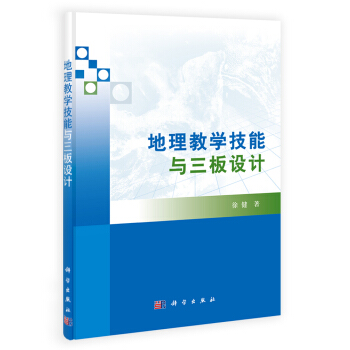
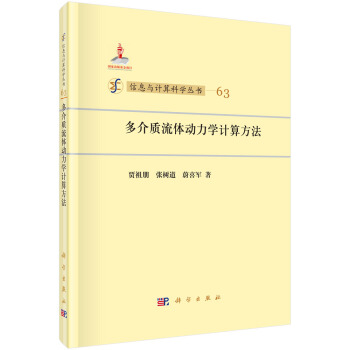
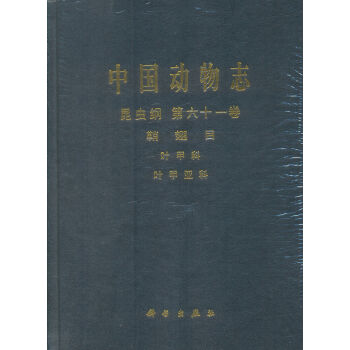
![中國福建南部海洋魚類圖鑒(第二捲) [Marine Fishes of Southern Fujian,China] pdf epub mobi 電子書 下載](https://pic.tinynews.org/11507352/53f2c175N79f8968d.jpg)
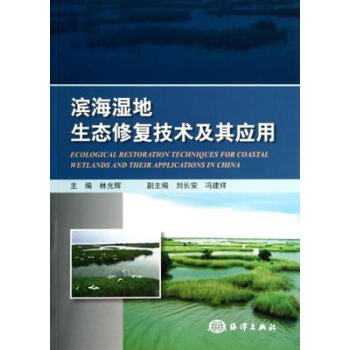

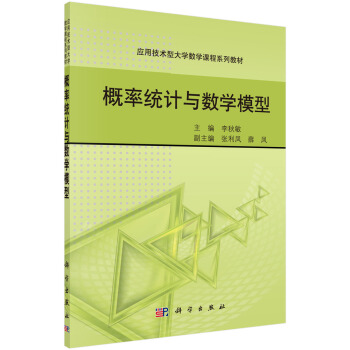
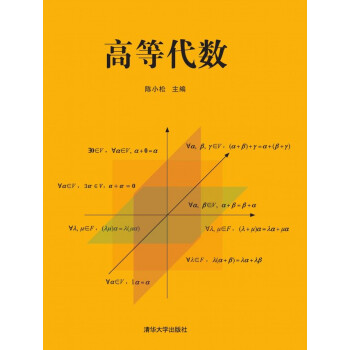

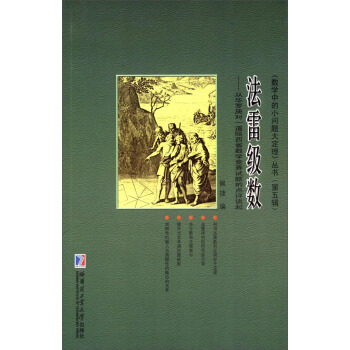
![當代科學地理譯叢·學術專著係列:城市交通地理學 [The Geograohy of Urban Transportation] pdf epub mobi 電子書 下載](https://pic.tinynews.org/11573813/546335b8Nd3aac0ab.jpg)
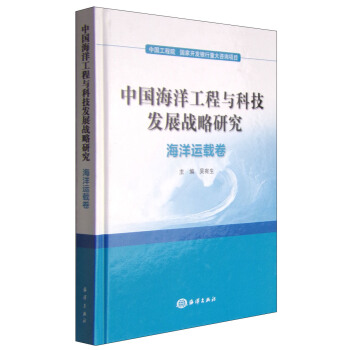
![數論中的美學 [The Aesthetics in Number Theory] pdf epub mobi 電子書 下載](https://pic.tinynews.org/11633859/554025ddN49585504.jpg)



